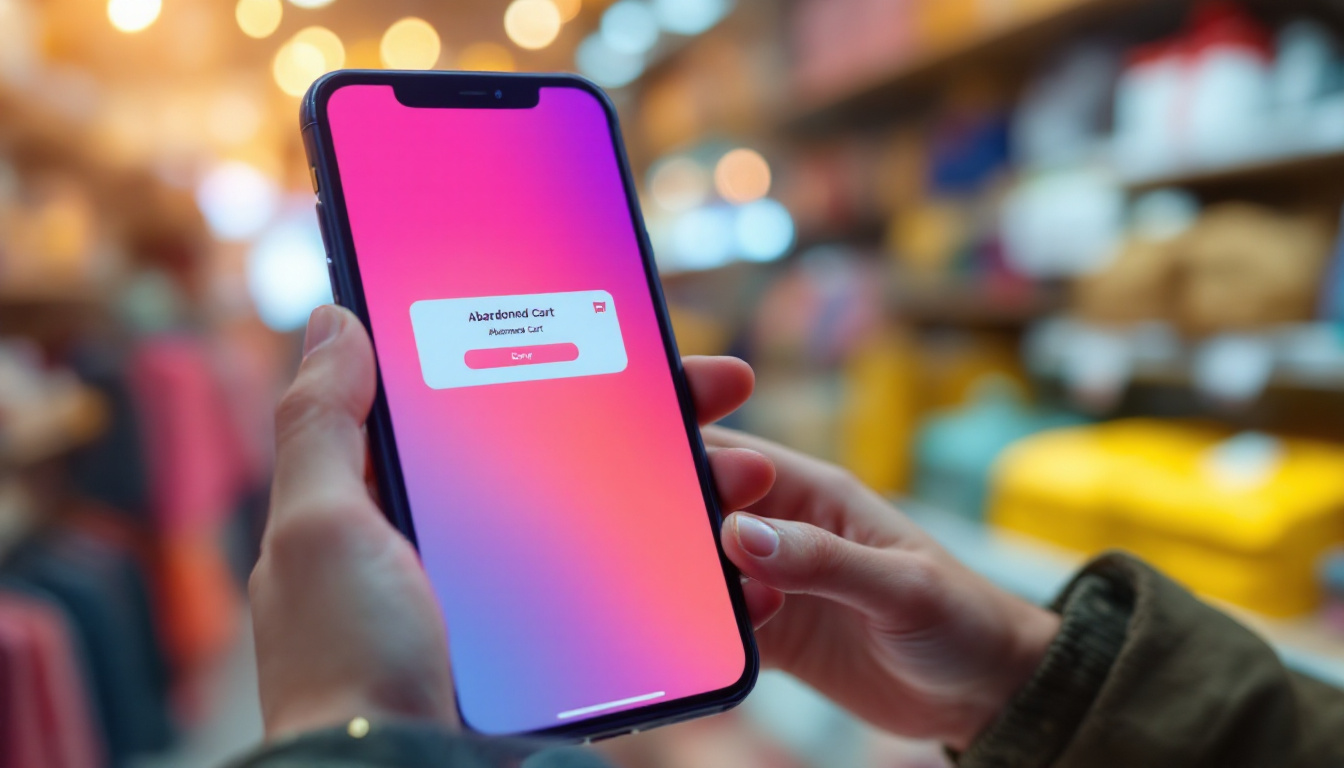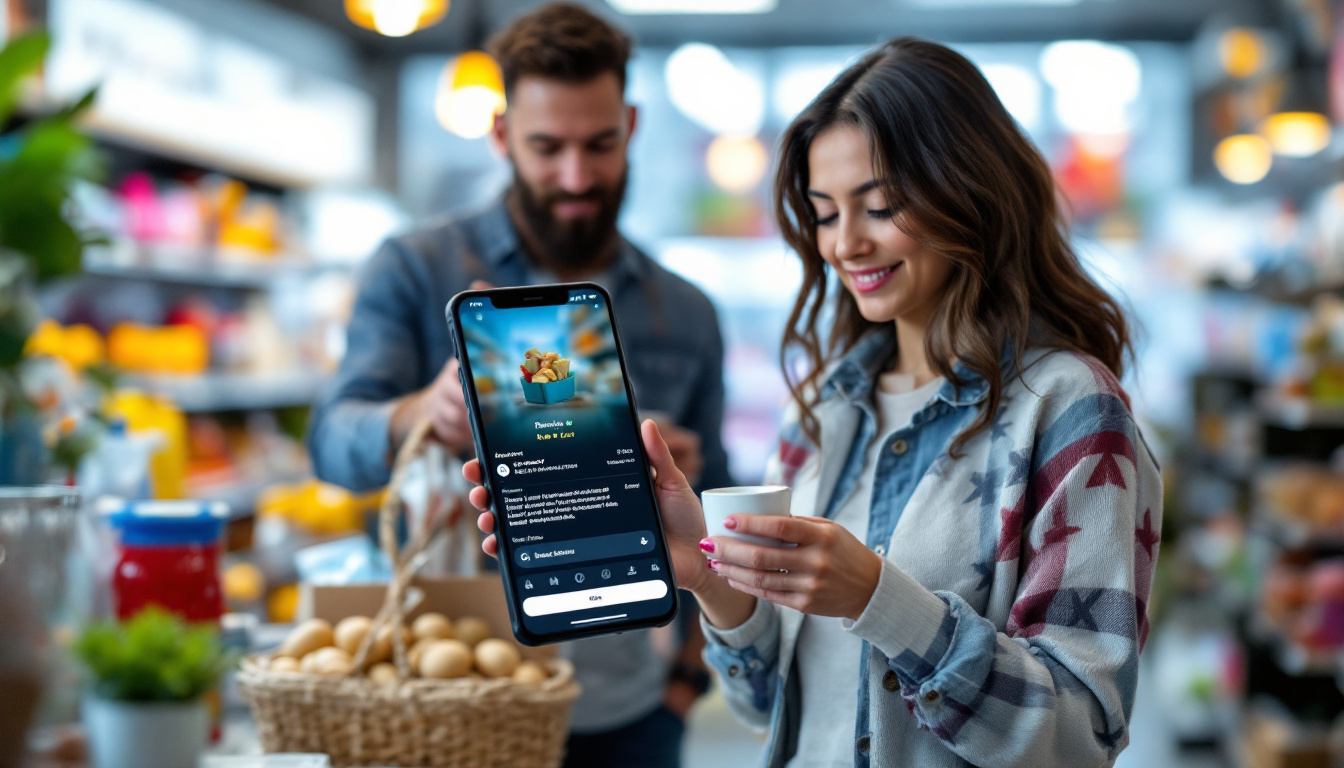E-commerce has transformed the retail landscape, providing businesses with innovative ways to engage customers and drive sales. One powerful tool in this digital toolkit is Rich Communication Services (RCS) business messaging. RCS allows brands to communicate with their customers in a more dynamic, engaging way than traditional SMS. This article will explore the intersection of RCS and e-commerce, particularly through the lens of abandoned cart reminders, and outline how retailers can harness this technology to enhance customer experience and drive conversions.
Understanding RCS Business Messaging
Before diving into the specifics of abandoned cart reminders, it’s important to understand what RCS is and how it differs from conventional messaging services. RCS, or Rich Communication Services, is a protocol that enhances the standard SMS messaging service to provide richer communication experiences. It enables businesses to send multimedia messages that can include images, carousels, quick reply buttons, and more, all within a chat interface.
The Basics of RCS Business Messaging
The foundation of RCS messaging is its ability to create a more interactive experience for users. Unlike plain text SMS that restricts you to 160 characters, RCS allows for a range of content types that can engage customers more effectively. Companies can personalize their messages to provide a variety of options, such as viewing products directly, making purchases, or receiving customer service—all from a single message thread.
This shift promotes greater engagement as customers can interact directly within their messaging app without the need to redirect to a website. As a result, RCS messaging has gained traction among businesses seeking to improve their communication strategies. The enhanced features of RCS also allow for tracking and analytics, enabling businesses to assess the effectiveness of their messaging campaigns and refine their strategies based on real-time data.
The Role of RCS in Retail
In the retail sector, RCS technology has become a game changer. It enables retailers to establish more meaningful connections with their customers, enhancing the overall shopping experience. By integrating RCS into their marketing tools, retailers can provide a seamless path from product promotion to purchase, making it easier for customers to find and buy products.
Moreover, RCS allows for timely communication around crucial shopping moments, such as cart abandonment, which occurs when customers leave items in their online shopping carts without completing the purchase. This creates an opportunity for retailers to re-engage these customers and encourage them to finalize their transactions. For instance, a retailer can send a visually appealing reminder featuring the abandoned items, complete with images and a direct link to the cart, making it effortless for customers to return and complete their purchase. Additionally, RCS can be utilized to offer personalized discounts or incentives, further motivating customers to take action.
Furthermore, the integration of RCS in retail goes beyond just cart abandonment. It can be used to send order confirmations, shipping updates, and even personalized recommendations based on previous purchases. This not only enhances customer satisfaction but also fosters loyalty, as customers appreciate being kept in the loop and receiving tailored suggestions that resonate with their shopping habits. As RCS continues to evolve, its potential to transform retail communication and customer engagement is becoming increasingly evident, paving the way for a more dynamic shopping experience.
The Power of Abandoned Cart Reminders
Abandoned carts are a significant challenge for e-commerce retailers, with studies indicating that around 70% of online shopping carts are abandoned before the purchase is completed. This represents a huge potential loss in sales. However, with the right strategies in place, retailers can effectively combat this issue.
Why Abandoned Cart Reminders Matter
Abandoned cart reminders serve as a vital touchpoint for encouraging customers to revisit their carts and finalize their purchases. They act as a gentle nudge, reminding customers of what they left behind and often rekindling their interest in a product. The importance of abandoned cart reminders lies not just in recovering potentially lost sales but also in enhancing customer experience.
By taking this proactive approach, retailers can show customers they care about their shopping journey. Well-timed reminders can also leverage urgency, such as highlighting limited-time offers or scarcity to boost conversion rates. Moreover, these reminders can be tailored to reflect the customer’s browsing habits and preferences, making the communication feel more personalized and relevant. This level of customization can significantly increase the likelihood of conversion, as customers are more inclined to complete a purchase when they feel understood and valued.
How RCS Enhances Cart Reminder Efficiency
RCS elevates the effectiveness of abandoned cart reminders through its rich features. Unlike traditional email or SMS reminders that might be ignored or overlooked, RCS messages can engage customers with images of the items left in their cart, interactive buttons to proceed to checkout, and even personalized messaging that resonates with their interests.
These rich media elements can capture attention more effectively than plain text messages. Additionally, the ability to track engagement metrics through RCS allows retailers to optimize their strategies and refine their messaging over time. For instance, if a particular type of product consistently sees higher engagement rates, retailers can focus their efforts on promoting similar items or creating targeted campaigns around those categories. Furthermore, RCS can facilitate a two-way conversation, allowing customers to ask questions or express concerns directly through the messaging platform, which can further enhance the shopping experience and build a stronger relationship between the retailer and the customer.
Implementing RCS Business Messaging in E-commerce
The implementation of RCS business messaging in e-commerce requires a well-thought-out strategy to ensure maximum effectiveness. Below are the essential steps that retailers can follow to successfully integrate RCS services into their business models.
Key Steps to RCS Integration
- Choose the Right RCS Provider: Research and select a provider that offers robust RCS capabilities and understands your specific retail needs.
- Design Engaging Messaging Campaigns: Develop creative messaging campaigns that leverage the visual and interactive elements of RCS.
- Segment Your Audience: Use customer data to segment your target audience for tailored messaging, ensuring the right message reaches the right customer.
- Monitor and Optimize: After launching your RCS campaigns, continuously analyze performance metrics and customer feedback to refine your messaging strategy.
Overcoming Potential Challenges
Though the advantages of RCS are substantial, the integration process can present certain challenges, including technical limitations and customer adoption rates. Retailers must be prepared to overcome these obstacles by investing in the right technology and educating customers about RCS messaging.
Communication about RCS should focus on its benefits, such as enhanced personalization and a more intuitive shopping experience. By fostering an understanding of RCS, retailers can encourage customers to adopt this mode of interaction, ultimately boosting engagement and conversion rates.
Moreover, it’s essential for retailers to provide clear instructions on how to use RCS features effectively. This could include tutorials or FAQs that help customers navigate the new messaging landscape. By demystifying RCS, businesses can alleviate any apprehensions customers may have about adopting this technology. Additionally, integrating RCS with existing customer relationship management (CRM) systems can streamline operations, allowing for more efficient communication and a seamless shopping experience.
As the e-commerce landscape continues to evolve, the role of RCS in enhancing customer engagement will only grow. Retailers should also keep an eye on emerging trends and technologies that could complement RCS, such as artificial intelligence and chatbots, to further enrich the customer journey. By staying ahead of the curve and adapting to new developments, businesses can ensure they are not only meeting but exceeding customer expectations in an increasingly competitive market.
Measuring the Impact of RCS on E-commerce
Once RCS business messaging is implemented, measuring its impact on the e-commerce experience is crucial for understanding its effectiveness and ROI.
Evaluating RCS Performance Metrics
Key performance indicators (KPIs) for RCS messaging include delivery rates, open rates, response rates, and conversion rates. Tracking these metrics provides insights into which messaging strategies are resonating with customers and which may need adjustment.
Additionally, analyzing customer feedback and engagement patterns can help refine future campaigns to better meet customer needs and preferences. For instance, understanding the times when customers are most likely to engage with messages can inform the timing of future campaigns, potentially increasing response rates. Furthermore, segmenting the audience based on their interaction history allows for more targeted messaging, which can lead to higher conversion rates as customers receive offers that are more relevant to their interests.
Future Trends in RCS and E-commerce
As technology continues to evolve, the future of RCS in e-commerce looks promising. With increasing consumer adoption of RCS and its expanding capabilities, retailers can expect even more integration opportunities.
We may see enhanced support for automation and artificial intelligence in RCS messaging, enabling businesses to send personalized reminders and offers based on customer behavior in real-time, further driving engagement and conversions. Moreover, the integration of rich media elements such as videos, images, and carousels into RCS messages can create a more immersive shopping experience, allowing customers to interact with products directly from their messaging app. This not only enhances the user experience but also provides brands with innovative ways to showcase their offerings, potentially leading to increased sales and customer loyalty.
Ensuring Success with RCS Business Messaging
Implementing RCS messaging is more than just technological integration; it requires a commitment to best practices and customer-focused messaging strategies to yield the best results. This innovative communication channel allows businesses to engage customers in a more interactive and visually appealing manner, leveraging rich media content such as images, carousels, and quick reply buttons. By utilizing these features, brands can create a more immersive experience that not only captures attention but also drives engagement.
Best Practices for RCS Messaging
- Personalization: Always use customer names and tailor messages based on their shopping behavior.
- Timeliness: Send reminders shortly after cart abandonment while the items are still fresh in the customer’s mind.
- Clear Call-to-Action: Every message should have a clear and enticing call-to-action, guiding customers on the next steps.
- Test and Learn: Regularly test different messaging styles, formats, and times to find what works best for your audience.
Privacy and Security Considerations in RCS Messaging
As with any new technology, privacy and security must be prioritized in RCS messaging. Businesses must ensure that customer data is handled responsibly and that messaging complies with regulations like GDPR and CCPA. This entails not only safeguarding sensitive information but also implementing robust authentication measures to protect against unauthorized access. Regular audits and updates to security protocols can further enhance data protection efforts.
Transparent communication about data usage, along with providing customers the option to opt-out, can help build trust and foster a positive relationship with your audience. Moreover, offering clear insights into how their data contributes to personalized experiences can empower customers, making them feel valued and respected. By prioritizing these considerations, brands can cultivate a loyal customer base that appreciates their commitment to privacy and security.
Furthermore, incorporating feedback mechanisms within RCS messaging can serve as a valuable tool for continuous improvement. Encouraging customers to share their thoughts on the messaging experience not only demonstrates that their opinions matter but also provides actionable insights that can refine future campaigns. This two-way communication fosters a sense of community and engagement, ultimately enhancing the effectiveness of RCS messaging strategies.
Take the Next Step with nativeMsg
Ready to elevate your e-commerce strategy with RCS Business Messaging? nativeMsg is your go-to RCS Business Messaging Creator, enabling you to craft, send, and optimize interactive messaging experiences that captivate your customers. Say goodbye to static texts and hello to dynamic conversations with images, videos, carousels, and more. Join the ranks of businesses achieving up to 300% higher engagement and start transforming your customer interactions today. Get Started and revolutionize your retail communication with nativeMsg.
Free Trial
Get Started With RCS
Business Messaging!
Unlock the power of RCS and revolutionize your customer engagement.





